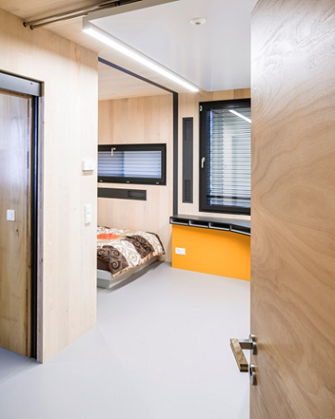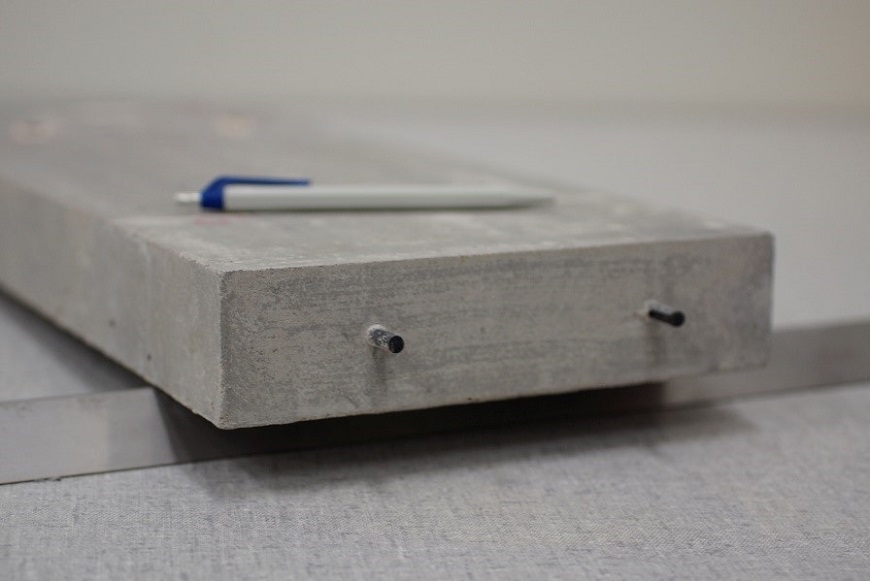Module 1 - Materials & Processes

Research and development of multifunctional materials and manufacturing processes for the building industry has a longstanding and successful tradition at Empa and will in future remain one of our core objectives. Our research is focusing both on improving conventional materials and applications as well as on developing novel materials and technologies. One major goal of these efforts is the reduction of the building and construction industry's environmental footprint while at the same time maintaining a functional and reliable built environment.
An example of such an approach is enhancing the properties of wood-based materials such as fire retardancy, dimensional stability, biological, water or UV resistance.
Another important activity in the module Materials & Processes is the development of innovative prestressing technologies for structural concrete. This can be achieved with a newly developed technique of pretensioning of non-metallic reinforcements (e.g. carbon fiber reinforced polymers, CFRP) with expanding high-performance concretes. This method, so-called chemical prestress or self-prestress, enables prestressing concrete without any external prestressing devices or anchorages. In this way it offers a more efficient use of precast concrete, at the same time being more labor- and cost-efficient in comparison with traditional external prestressing.
Further steps on the path to an improved sustainability of the construction industry constitute the drastic reduction of cement clinker in concrete by employing combinations of alternative, more eco-friendly binders, mineral admixtures and fillers.
Another focus is on recycled, re-used, marginal and alternative construction materials. Recycling has great ecological and cost-saving potential in road pavements, for instance; here we aim at achieving a higher durability for recycled pavement.
Research and development of materials and processes is carried out at different levels: from fundamental studies at a microstructural scale to the development of technological processes. At all steps, experimental research is strongly supported by modelling.


-
Share
